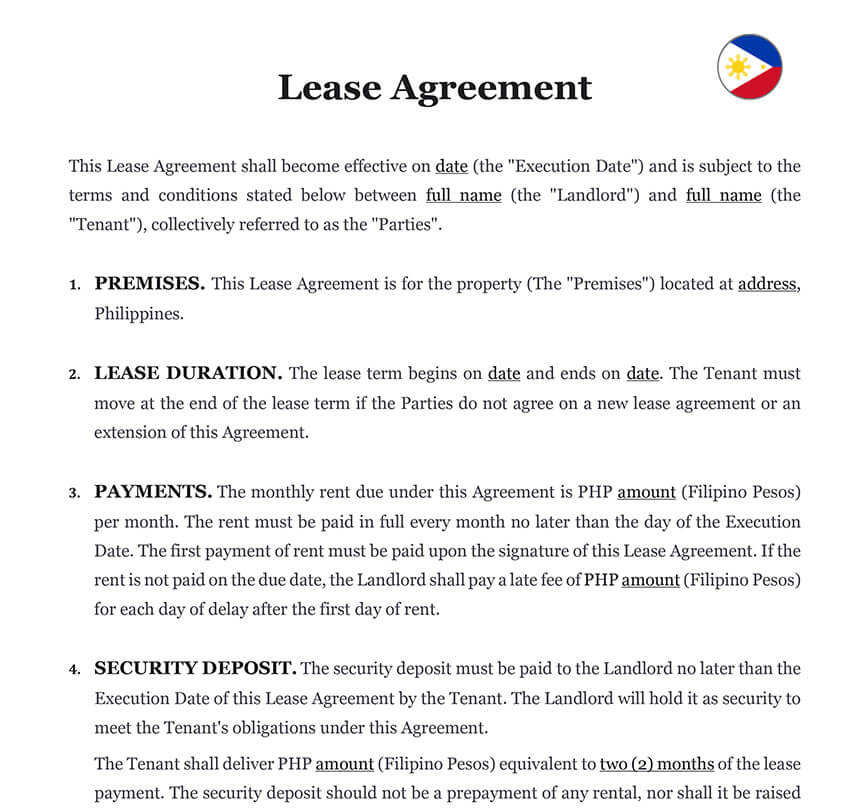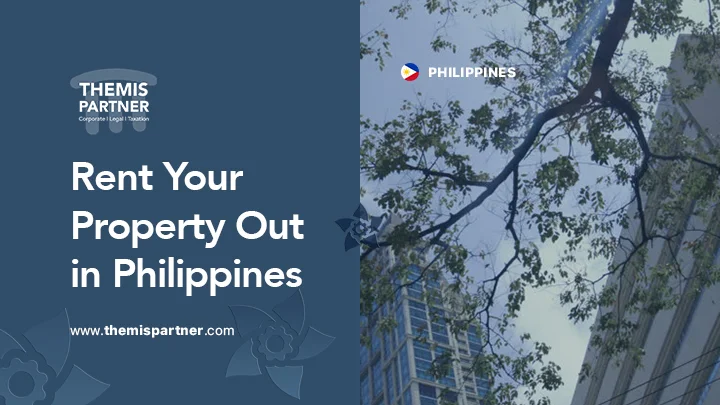Step 1: Preparing Your Home for Lease in the Philippines
Before you lease your home in the Philippines, it’s essential to ensure that it is in optimal condition and meets the requirements of potential tenants. Here are some key steps to prepare your home for lease:
1. Clean and Declutter
Start by thoroughly cleaning your home, including all rooms, appliances, and fixtures. Decluttering will create a more appealing and spacious environment for potential tenants.
2. Make Necessary Repairs
Address any maintenance issues such as leaky faucets, broken tiles, or faulty electrical wiring. Ensure that the home is in good working condition, making it more attractive to prospective tenants.
3. Enhance Curb Appeal
First impressions matter, so focus on improving the curb appeal of your home. Maintain the landscaping, repaint the exterior if needed, and ensure that the entrance is inviting and well-maintained.
4. Consider Furnishing Options
Decide whether you want to offer the property as furnished, partially furnished, or unfurnished. This decision should align with your target market and the rental price you plan to set.
5. Review Legal Requirements
Familiarize yourself with local laws and regulations pertaining to leasing residential properties. Ensure compliance with safety standards, obtain necessary permits, and address any legal obligations specific to your area.
By thoroughly preparing your home for lease, you create a positive impression on potential tenants and increase the chances of finding suitable occupants.
Step 2: Setting the Right Rental Price for Your Home in the Philippines
Setting the right rental price is crucial to attract potential tenants while ensuring a fair return on your investment. Here are the key considerations for determining the rental price of your home in the Philippines:
1. Research the Market: Conduct thorough research on rental rates in your area and gather information on comparable properties. Consider factors such as location, size, amenities, and condition to gauge the market value.
2. Calculate Expenses: Take into account expenses associated with the property, such as property taxes, maintenance costs, insurance, and management fees. Factor in these expenses to determine a rental price that covers your costs and provides a reasonable profit.
3. Assess Demand and Supply: Consider the demand and supply dynamics in your area. If there is high demand and limited supply, you may be able to set a higher rental price. Conversely, if the market is saturated, you may need to be more competitive with your pricing.
4. Consider Property Features: Evaluate the unique features and amenities of your home that add value for potential tenants. Features like a gated community, proximity to transportation hubs, or access to recreational facilities can justify a higher rental price.
5. Be Flexible: Consider offering incentives such as a slightly lower rent for longer lease terms or allowing pets, if feasible. Flexibility in pricing and terms can attract more tenants and increase your chances of finding the right occupant for your property.
By carefully considering market factors, expenses, property features, and being open to flexibility, you can set a competitive and reasonable rental price for your home in the Philippines.
Step 3: Marketing and Advertising Your Rental Property in the Philippines
To find suitable tenants for your rental home in the Philippines, effective marketing and advertising strategies are essential. Here are steps to successfully market and advertise your rental property: Start by capturing high-quality photographs that showcase the best features of your property, utilizing natural lighting and highlighting key areas to attract potential tenants. Craft a compelling and detailed description of your rental property, emphasizing unique selling points, features, amenities, location benefits, and nearby attractions or facilities. Leverage popular online listing platforms, such as property listing websites, social media platforms, and online classified ads, to reach a wider audience. Ensure that your property description and attractive photographs are accurately uploaded on these platforms. Consider targeted advertising options like paid ads or sponsored posts on social media platforms to reach specific demographics or individuals actively searching for rental properties. Spread the word about your rental property through your personal and professional network, informing friends, family, colleagues, and local contacts who may know someone looking for a rental home. Place “For Rent” signs with contact information outside your property to attract attention, and create attractive flyers or brochures for distribution in local establishments or community bulletin boards. Respond promptly to inquiries, schedule property showings, and ensure the property is presentable during showings. By implementing these effective marketing and advertising strategies, you will increase visibility and attract potential tenants to your rental property in the Philippines.
Step 4: Screening and Selecting Ideal Tenants for Your Rental Home in the Philippines
To ensure a positive rental experience, it is crucial to find reliable and responsible tenants for your rental home in the Philippines. Follow these steps for effective tenant screening and selection: Start by creating a standard rental application form that collects important information such as personal details, employment history, income, and references. Conduct thorough background checks, including verifying employment and income details, contacting previous landlords for references, and running a credit check to assess the applicant’s financial stability and payment history. Arrange a meeting or interview with potential tenants to evaluate their suitability, discussing property rules and expectations. Consider factors like lifestyle, habits, and compatibility with the property’s regulations. Once you have selected suitable tenants, prepare a comprehensive Lease Agreement that outlines the terms and conditions of the rental, including rent amount, payment due dates, security deposit, maintenance responsibilities, and lease duration. By implementing a thorough screening process, you can minimize the risk of problematic tenants and ensure a harmonious rental experience for both parties involved.
Step 5: Finalizing the Lease Agreement and Completing the Rental Process in the Philippines
To finalize the leasing process for your home in the Philippines, follow these crucial steps. Seek lawyers to ensure compliance, review and sign the Lease Agreement, collect the security deposit and rent, provide move-in information, conduct a move-in inspection, hand over the keys, address maintenance and repairs, and maintain regular communication and documentation. By completing these steps, you can establish a successful landlord-tenant relationship and officially lease your property.











